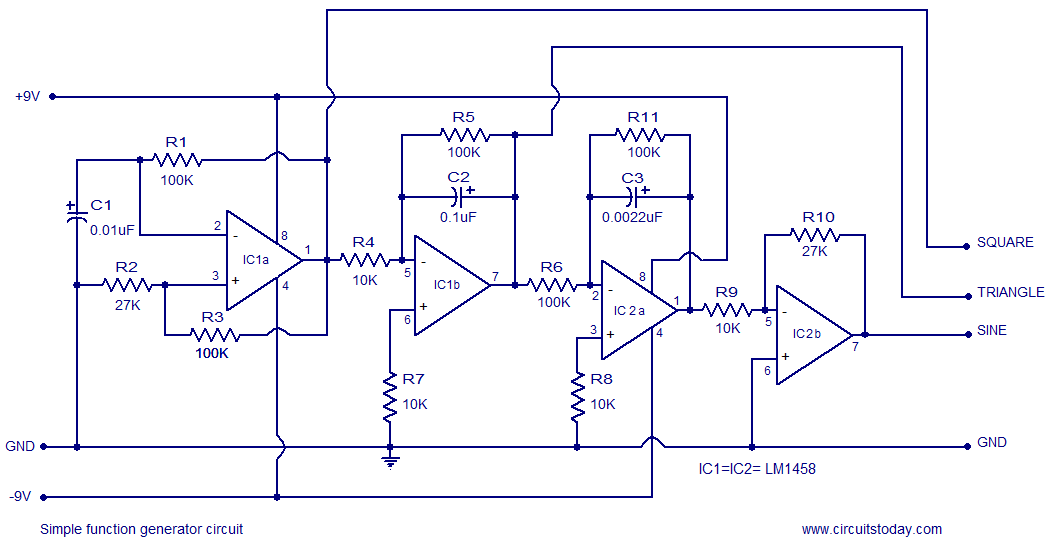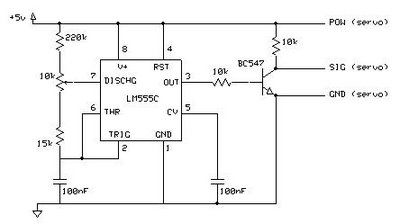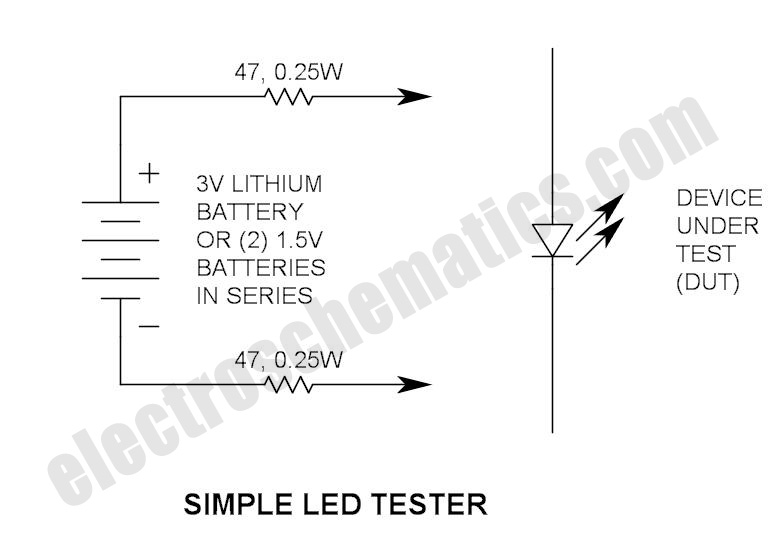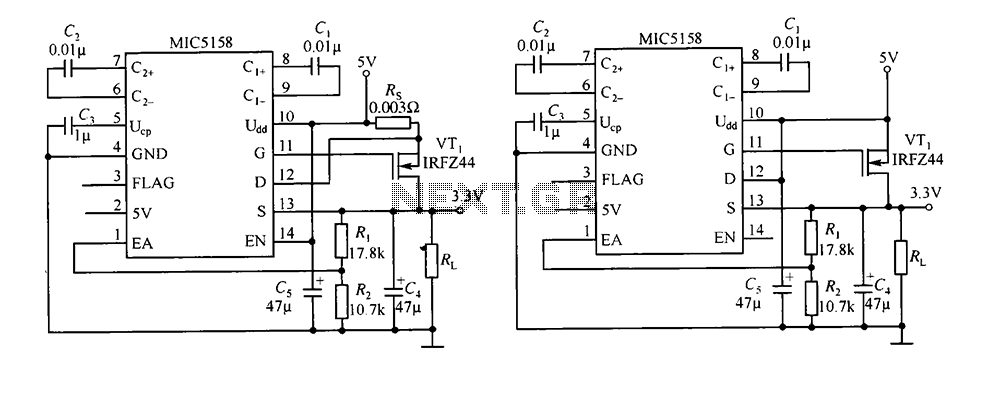
Simple Crystal Tester

This is a simple XTal tester circuit. T1 and XTal have formed an oscillator. C1 and C2 are voltage divider for oscillator. if the XTal is safe, the oscillator will work well and its output voltage will be rectified by C3, C4, D1 and D2, then T2 will run and LED will light. The circuit is suitable to test 100KHz - 30MHz Xtal.
The described XTal (crystal) tester circuit is designed to evaluate the functionality of quartz crystals within the frequency range of 100 kHz to 30 MHz. The circuit primarily consists of an oscillator formed by the transistor T1 and the crystal under test. This oscillator circuit is crucial for determining the operational integrity of the crystal.
Capacitors C1 and C2 serve as part of a voltage divider network, which is essential for stabilizing the oscillation frequency and providing the necessary biasing for the transistor. The output from the oscillator is then processed through a rectification stage formed by capacitors C3 and C4 and diodes D1 and D2. This rectification converts the AC signal generated by the oscillator into a DC voltage, which is required to drive the subsequent components of the circuit.
Transistor T2 acts as a switching element that is activated by the rectified voltage. When the crystal is functional, the output voltage from the rectification stage will be sufficient to turn on T2, which in turn powers the LED indicator. The illumination of the LED serves as a visual confirmation that the crystal is operational and within the specified frequency range.
Overall, this circuit provides a straightforward and effective means of testing quartz crystals, ensuring that they are functioning correctly before being deployed in more complex electronic applications. The design is compact and can be easily assembled on a breadboard or PCB for practical use.This is a simple XTal tester circuit. T1 and XTal have formed an oscillator. C1 and C2 are voltage divider for oscillator. if the XTal is safe, the oscillator will work well and its output voltage will be rectified by C3, C4, D1 and D2, then T2 will run and LED will light. The circuit is suitable to test 100KHz - 30MHz Xtal. 🔗 External reference
The described XTal (crystal) tester circuit is designed to evaluate the functionality of quartz crystals within the frequency range of 100 kHz to 30 MHz. The circuit primarily consists of an oscillator formed by the transistor T1 and the crystal under test. This oscillator circuit is crucial for determining the operational integrity of the crystal.
Capacitors C1 and C2 serve as part of a voltage divider network, which is essential for stabilizing the oscillation frequency and providing the necessary biasing for the transistor. The output from the oscillator is then processed through a rectification stage formed by capacitors C3 and C4 and diodes D1 and D2. This rectification converts the AC signal generated by the oscillator into a DC voltage, which is required to drive the subsequent components of the circuit.
Transistor T2 acts as a switching element that is activated by the rectified voltage. When the crystal is functional, the output voltage from the rectification stage will be sufficient to turn on T2, which in turn powers the LED indicator. The illumination of the LED serves as a visual confirmation that the crystal is operational and within the specified frequency range.
Overall, this circuit provides a straightforward and effective means of testing quartz crystals, ensuring that they are functioning correctly before being deployed in more complex electronic applications. The design is compact and can be easily assembled on a breadboard or PCB for practical use.This is a simple XTal tester circuit. T1 and XTal have formed an oscillator. C1 and C2 are voltage divider for oscillator. if the XTal is safe, the oscillator will work well and its output voltage will be rectified by C3, C4, D1 and D2, then T2 will run and LED will light. The circuit is suitable to test 100KHz - 30MHz Xtal. 🔗 External reference





